
Avanos, located on the banks of Kizilirmak (Red River), is about 8 kilometers from Cappadocia’s city center. Pottery has been produced in this region as far back as 2000 BC, during the Hittites period. Humans have been creative throughout history by using what resources the land provides to their advantage for daily living. The Red River, the longest river in Turkey, has supplied many generations of master artisans with red clay to produce artistic pieces of pottery.

Family Tradition
Avanos is famous for handicrafts that have been created here for generations, such as pottery and carpets. The craft of pottery had been taught from father to son until the 1980s when it began to decline. Due to the lack of interest, family potters are slowly vanishing. Some of the more famous potters in Avanos have taken upon themselves to share their craft knowledge by creating studios and traveling throughout Turkey to educate those interested in learning the trade.
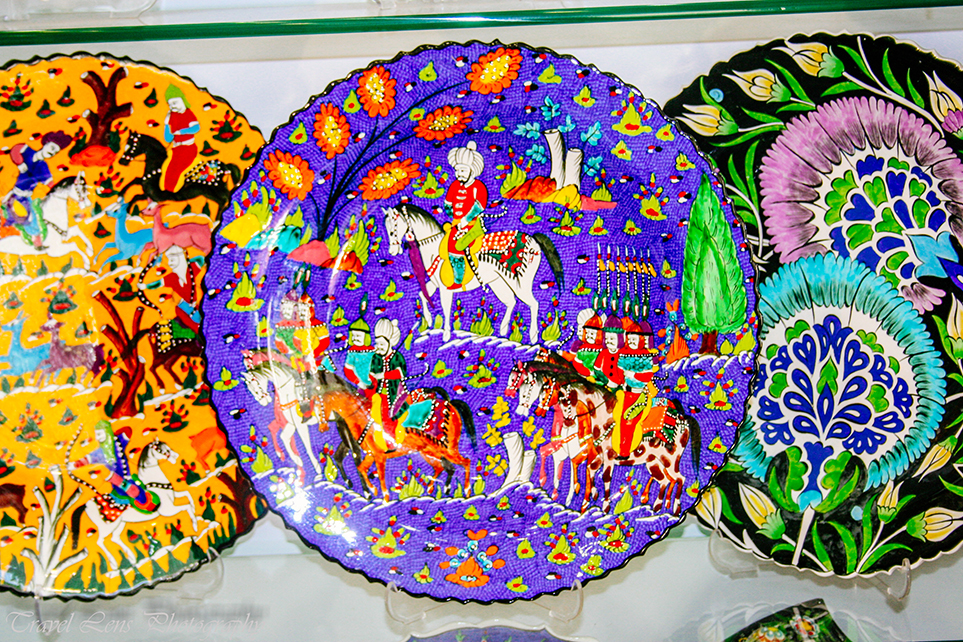
Pottery Demonstration
While visiting Avanos, we noticed many family-operated potters who have been creating pieces for generations. Many of them welcomed us with open arms to watch pottery demonstrations and visit their studios..
We stopped at Avanos atelier and shop of Chez Galip to take a look at his artwork and learn more about the making of pottery. He was born and raised in Avanos, where he and his three brothers learned the craft from their father. The family has been in the pottery business for six generations.
A master potter will have exquisite pottery pieces that include handmade historical, geometric, and floral artwork. Chez has done a great deal in educating and preserving Turkish handcrafted traditional style pottery by attending events throughout Turkey and abroad to share the craft. One of his talented potters demonstrated, using a foot driven spinning wheel to make an original piece of pottery. It takes years of practice to become a skilled potter.
View Martha Stewart’s visit to Chez Galip Studio.
Tour of the Pottery Workshop
We had a guided tour by Galip’s lovely wife, Lilian, a Dutch artist, who shared information about the process of creating artistic pottery and what the different patterns and designs meant. If you want a more in-depth lesson on pottery, Galip offers workshops and arrange courses for those interested in learning more about the craft.

Lilian shares about the artwork of pottery painting.
Stages of Creating Pottery
Within the shop are various stages of production of creating expressive pieces of art. First, we watched a potter use a foot spinner to take a block of red clay and shape it into a vase.
Next, the clay piece is cut from the wheel and placed in a dark area for 1-2 days covered with cloth or plastic to dry. During this process, pieces can be trimmed and signed.
Once they have completely dried, pieces are sent to a kiln where they are exposed to an extremely high temperature to remove all the moisture. The high heat increases the strength and sets the shape.
After the kiln, the pottery is ready for the artist to hand-paint Turkish designs.
Turkish Patterns & Designs
Turkish ceramic designs depict cultural aspects as well as the region and period in which the style originated. You will find most of the Turkish art incorporate a spiral bright blue arabesque pattern, containing simple colors on a white background. Among the most popular Turkish ceramics have elaborate artwork resembling flowers, plants, animals made into bowls, plates, teapots, coffee cups, and vases.
My favorite ceramic pattern is floral design. These colorful designs bring life to a room or a table. We selected three different size plates to display on the wall in our new home. These pieces become conversation pieces with family and friends.
Click the Pottery Table which explains the designs of Turkish patterns seen on ceramics. (Table credits go to Chez Galip)
Caring for Your Pottery/Ceramic
Once you purchase ceramics, understanding how to care for them is essential. Most of the dishware is stamped on the bottom of them if they are microwave safe but always check with the seller. Excessive hot water does add stress to the object, so putting them in a dishwasher with heat can cause deterioration. If you want to clean them in a dishwasher, it is best to reduce the heat and make sure they do not clash up against other dishes to prevent chipping. The best way to care for stoneware is to wash it by hand with environmentally safe detergent.
Your trip will not be complete in Cappadocia unless you have explored one of Avanos’ finest professional potters. Galip and his wife are so kind as to share their family and their love for the craft.
Hair Museum
On a side note, one interesting and very strange fact about Chez Galip is that he also has a Hair Museum downstairs from the studio. The story is that one dear friend of his was moving away, and he had a deep sadness, so to remember her, he cut a lock of her hair to keep as a remembrance of her. Women heard about this and offered him locks of their hair as well. Over 30 years later, he had collected different colored locks of hair. It is also no surprise that Galip’s collection is in the Guinness World Book of Records. No entrance fee is required.

Enjoy your travels! Please read my blogs about other exciting places around the world at Traveling Lens Photography.
If you want to read more about Antalya, follow me on Facebook, Instagram, or Pinterest as I share my journey.
Inshallah (God willing!)


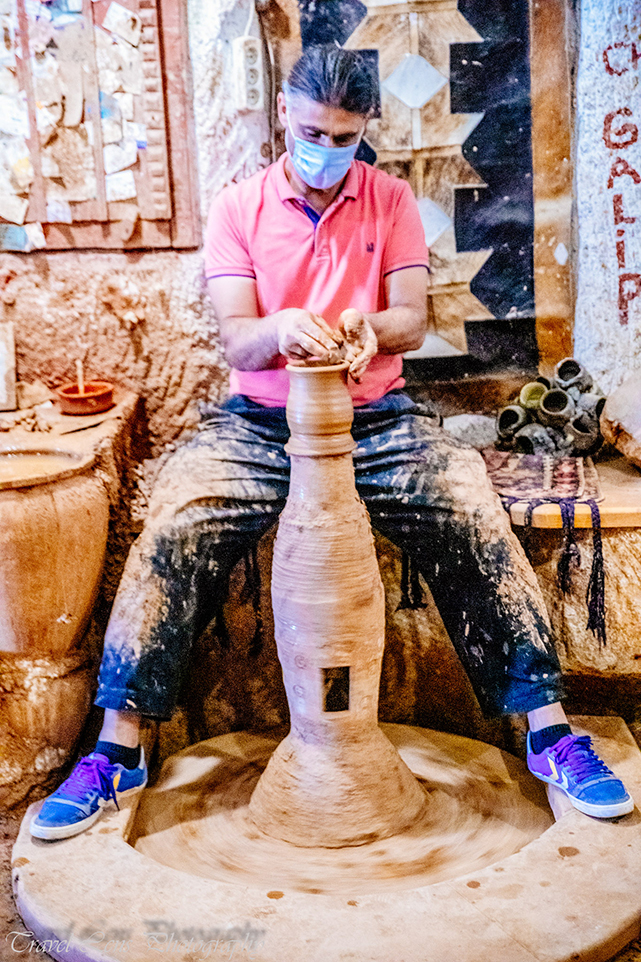


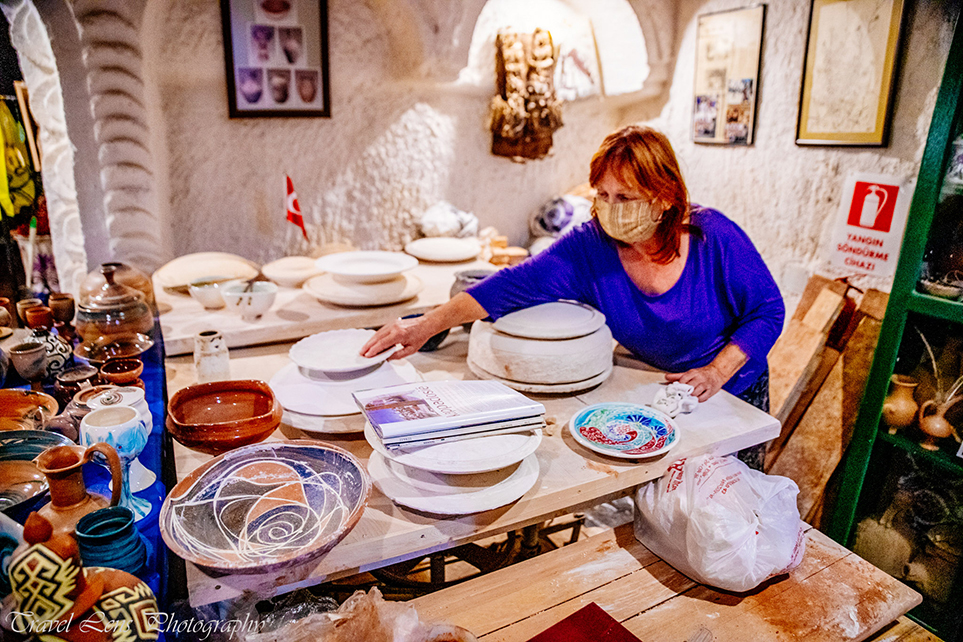
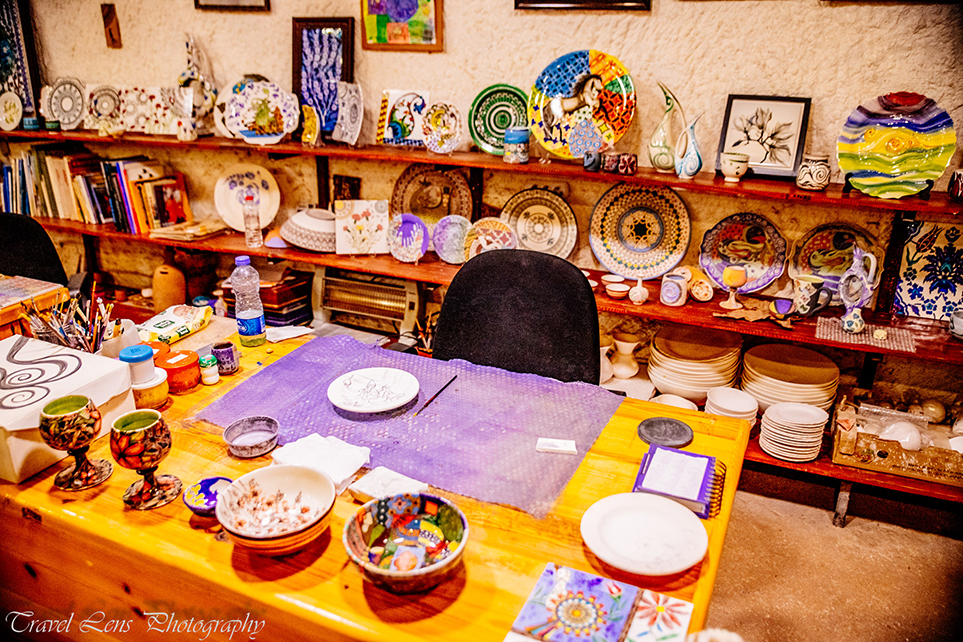










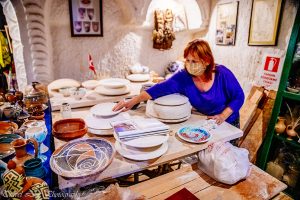

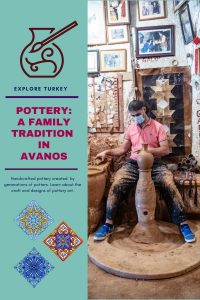
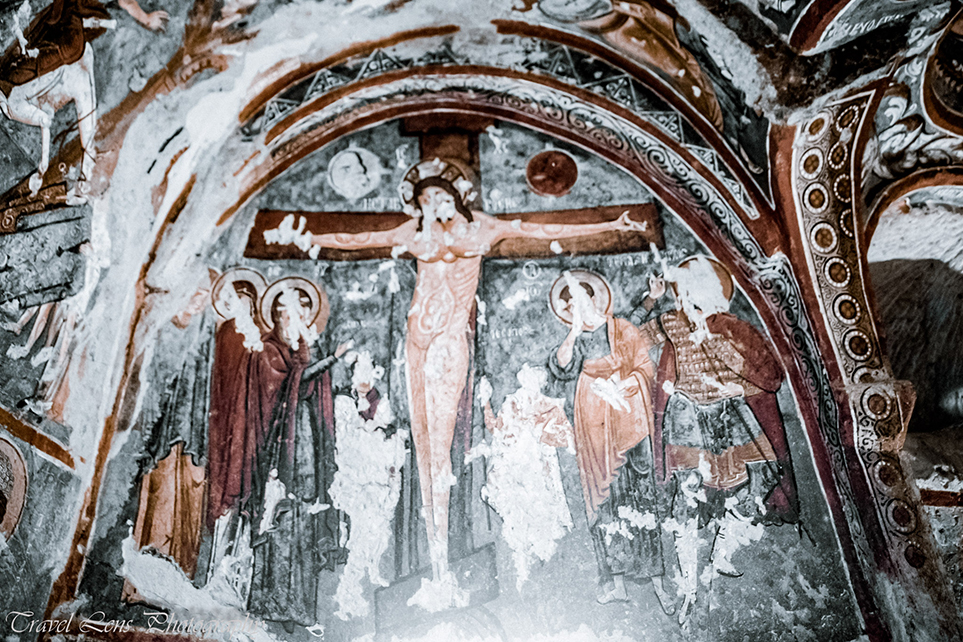

Pingback: Top 10 Places to Visit in Turkey - Travel blog | Traveling Lens Photography
Lanell Rachid
I agree
Pingback: Top 10 Areas to Take a look at with in Turkey – Commute blog | Traveling Lens Pictures – Universal Chronicles
Lanell Rachid
I agree